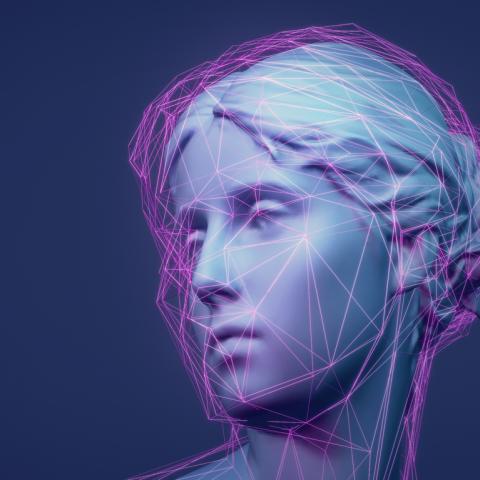The SEC Newgate AI Weekly

In this week’s AI weekly, a tool from Microsoft creates a talking head from a static image, the FT strikes a deal with OpenAI, and bears in Japan are under surveillance from AI. Let’s dive in:
Apple continues discussions with OpenAI and Google behind closed doors
Whilst investor cash has flowed for early-stage AI companies, widespread consumer adoption of AI technology has so far been limited to ChatGPT. Many believe the next step will be AI integration onto consumer smartphones such as iPhones, adding around 1bn AI users overnight. This week, we got a step closer to that reality.
It was reported that Apple is intensifying talks with Open AI for generative AI features on iPhone. If a deal is struck, OpenAI’s features will be integrated onto Apple’s iPhone operating system.
Apple is also in discussions with Google about licensing its Gemini chatbot. With no decision on either partner at the moment, and with no guarantee of a deal, Apple could go ahead with both, either or neither provider.
Apple has typically been slower to adopt cutting edge technology, aiming to watch and learn first, and then create products to set it apart from competition. As Apple’s sales decline and competition heats up, analysts believe that Apple will have no choice but to deliver impressive Generative AI tools if they are to stay ahead. See here on Bloomberg.
Talking heads start making sense: Microsoft Unveils tool capable of turning a static image into a 'Talking Tom'
Microsoft has unveiled a tool, ‘VASA’ which can generate lifelike talking faces of virtual characters. Videos can be created once a single static image and a speech audio clip has been shared. The results are impressive, and some clips even produce moments of genuine likeness with humans. On closer inspection, the intricacies of human expression often look strange on examples.
This raises further questions on how this technology could be used to further impact factual or credible news, information on the internet. After all, a recent study found that political deepfakes can fool 42% of voters. As the technology further improves, so do concerns that this technology could fuel deepfakes and produce widespread AI-generated misinformation about elections.
See examples from Microsoft here.
Back down earth: Getting real on AI investment
Billions of dollars have been poured in to AI-related start-ups, following the start of the ‘A.I. boom’ which began after the release of OpenAI’s ChatGPT. Some investors have disregarded the complexity and cost of the reality of AI applications in favour of racing towards the promise of profit. However, it’s becoming ever clearer that the price tag is rather giant, especially in the shadow of competition with tech companies with very deep pockets.
“You can already see the writing on the wall,” said Ali Ghodsi, chief executive of Databricks, a data warehouse and analysis company that works with A.I. start-ups. “It doesn’t matter how cool it is what you do — does it have business viability?”
Read on for this excellent analysis in the New York Times on the costly race to get and stay ahead for AI businesses – found here.
OpenAI gets FT in the door with Financial Times media deal
It was also announced this week that OpenAI has struck a news licensing deal with the Financial Times to train its AI models on the publisher’s archived content, marking the 5th media deal struck with OpenAI in the last year.
This will see the FT’s content being used as training material for its AI models, and will, where appropriate, display generative AI responses produced by tools such as ChatGPT. Through the partnership, ChatGPT users will be able to see selected summaries, quotes and rich links to FT journalism in response to queries.
Analysts believe that OpenAI’s push to secure media deals such as these offer multiple benefits. Firstly, chatbots remain hindered by their capacity to fabricate information or “hallucinate”. By training data on verified information such as from the FT, OpenAI hopes to tackle this problem. Secondly, the tech company aims to focus on legal liability around copyright. By agreeing to use content, OpenAI aims to avoid substantial fines and legal ramifications from using data without the consent of publishers.
See more on TechCrunch here.
And finally, Japan trails AI bear warning system after a record number of attacks
In news you weren’t expecting to read, Japan is currently experiencing a spike in attacks on humans from bears. The animals are struggling to find their stable food, leading to a total 219 casualties and six fatalities from bear attacks across 19 districts in the year to March. In response, the Japanese government is trialling using AI to monitor bears, with a view to minimising attacks. See more here, and if you need a wake-up, click here to see what a bear attack would look like from your car.









